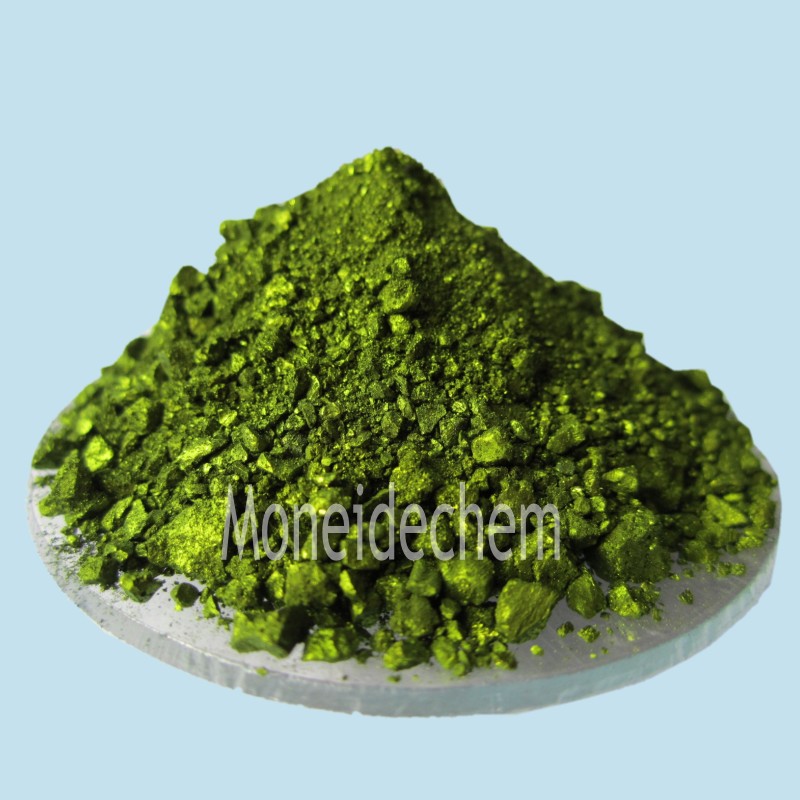モネイドケミカルズ
電話: 86-315-8309571
WhatsApp/WeChat/モバイル: 0086-15633399667
Skype: janet-honest
住所: 2-7-523 Jidong Building Materials Tangshan, Hebei 064000 China
|
化学名 |
ベーシックバイオレット1 |
|
CAS番号 |
8004-87-3 |
|
分子式 |
C24H28CLN3 |
|
EINECS番号 |
|
|
分子量 |
393.95 |
|
分子構造 |
|
|
詳細 |
外観: 金属光沢ボトルグリーンピースまたはパウダー付き。 生物学的汚染試験:合格 アルコールへの溶解性: 試験合格 硫酸灰分: 最大1.5% 乾燥減量: 最大7.5% 重金属(Pbとして):最大0.005% 0.001%以下 溶解度: 水、アルコール、クロロホルムに溶けるが、エーテルには溶けにくい。 梱包: 25kg/ファイバードラム |
|
主な用途 |
A トリフェニルメタン 生物染色剤、細菌抑制剤。 |
1. What is Basic Violet 1 powder?
Basic Violet 1, also known as Methyl Violet 2B, is a synthetic triarylmethane dye appearing as a dark green powder with a characteristic purple hue when dissolved. It belongs to the cationic dye family, carrying a positive charge that enables strong binding to negatively charged surfaces like fabrics and biological tissues. The powder is soluble in water and alcohol, forming vibrant violet solutions. Primarily used in industrial and laboratory settings, it's valued for its staining properties and colorfastness, though its use is restricted in consumer products due to potential toxicity concerns.
2. What is Basic Violet 1 used for?
Basic Violet 1 serves as a biological stain in microscopy, particularly for Gram staining bacteria and highlighting cell nuclei in histology. Industrially, it dyes silk, paper, and leather, and acts as a colorant for inks and toners. In aquaculture, it has been used as an antifungal agent, though this application is now limited due to regulatory restrictions. Additionally, it functions as a pH indicator, transitioning from yellow (acidic) to violet (neutral/alkaline). Its versatility is offset by its toxicity, requiring careful handling in controlled environments.
3. Basic Violet 1 Features
This dye exhibits high color intensity, stability in acidic conditions, and strong affinity for negatively charged materials. Its cationic nature ensures excellent adhesion to fabrics and cellular components, making it ideal for staining. The powder is lightfast but may fade under prolonged UV exposure. While cost-effective and efficient, its synthetic composition and potential environmental persistence necessitate regulated use. Alternatives are increasingly favored in biological applications, but Basic Violet 1 remains relevant in industrial dyeing where its vivid color and durability are prioritized.


























